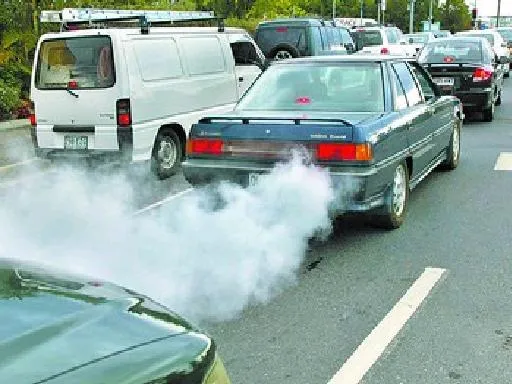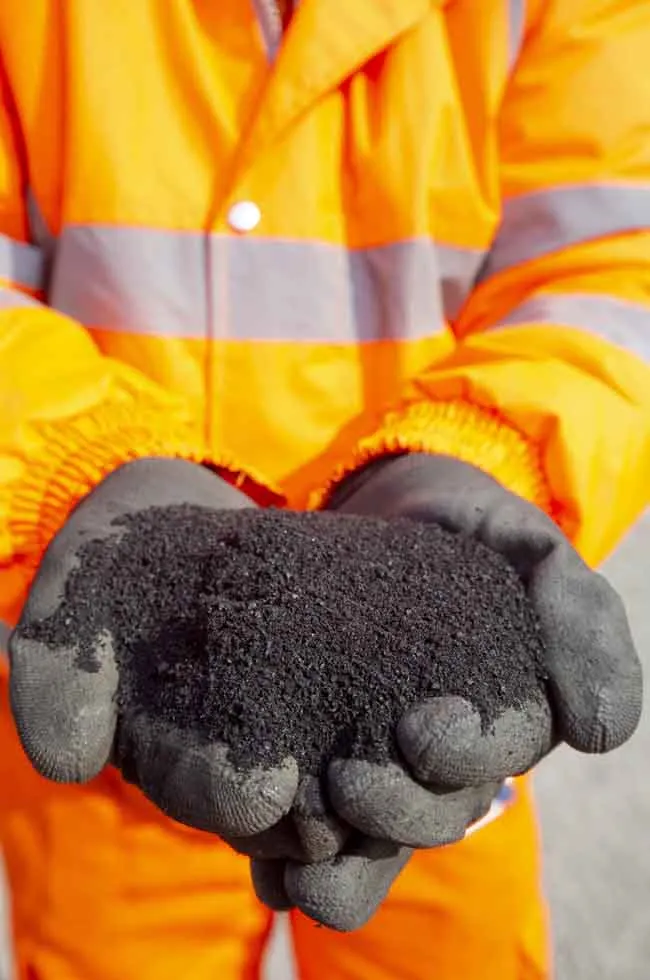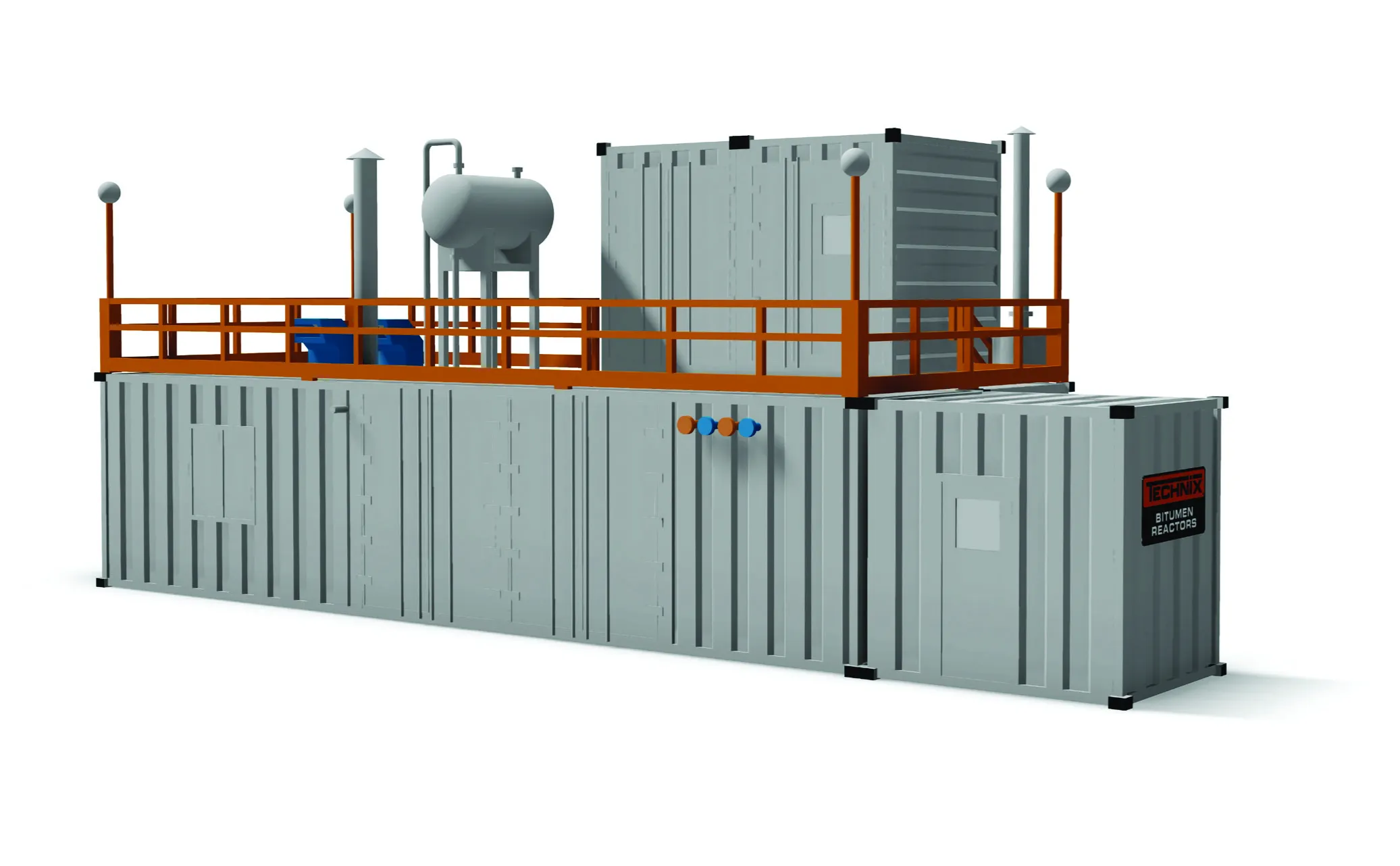A US manufacturer aims to meet international demand for a car that can also fly. The vehicle is rather snappily called The Transition and is being built by a firm called Terrafugia. The vehicle requires a conventional airstrip for take-offs and landings, however its wings can also be folded back so that it can be driven on the road like a car and even parked in a garage. Its single engine drives the propellor when the vehicle is in the air and also turns the wheels when it is being driven on the ground. The
February 22, 2012
Read time: 2 mins

A US manufacturer aims to meet international demand for a car that can also fly. The vehicle is rather snappily called The Transition and is being built by a firm called 2975 Terrafugia. The vehicle requires a conventional airstrip for take-offs and landings, however its wings can also be folded back so that it can be driven on the road like a car and even parked in a garage. Its single engine drives the propellor when the vehicle is in the air and also turns the wheels when it is being driven on the ground. The manufacturer says that the vehicle offers an alternative for pilots facing bad weather, as it can be driven on the road should aerial conditions prove untoward. The vehicle also means that pilots will no longer have to rent a car once they arrive at an airport. However with a price tag of US$120,000, customers could alternatively buy a small aircraft and a car for the same price or less. Its performance is also less than sparkling, whether on the road or in the air and in the event of even a minor shunt on the ground, its repair costs are likely to be sky-high.








